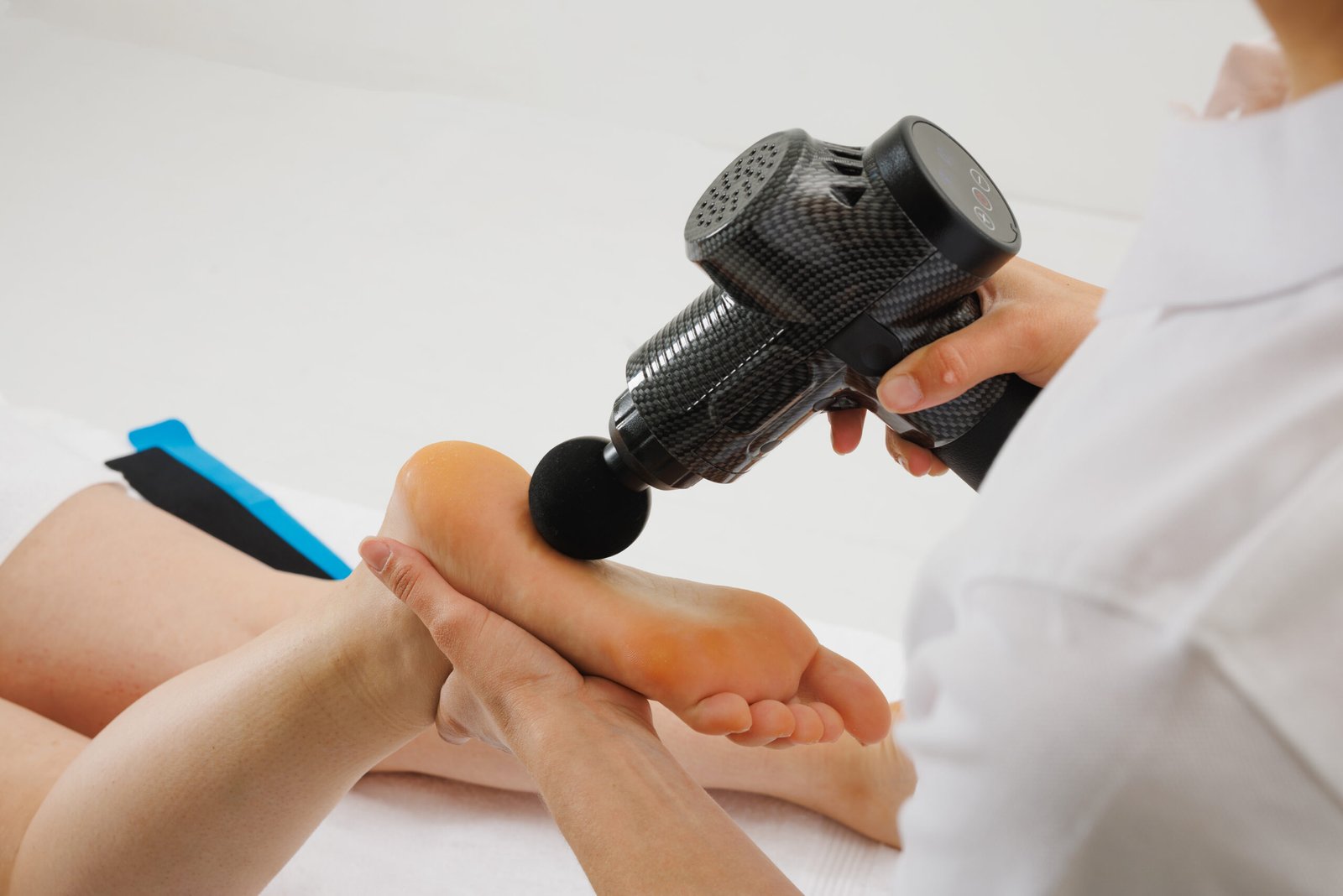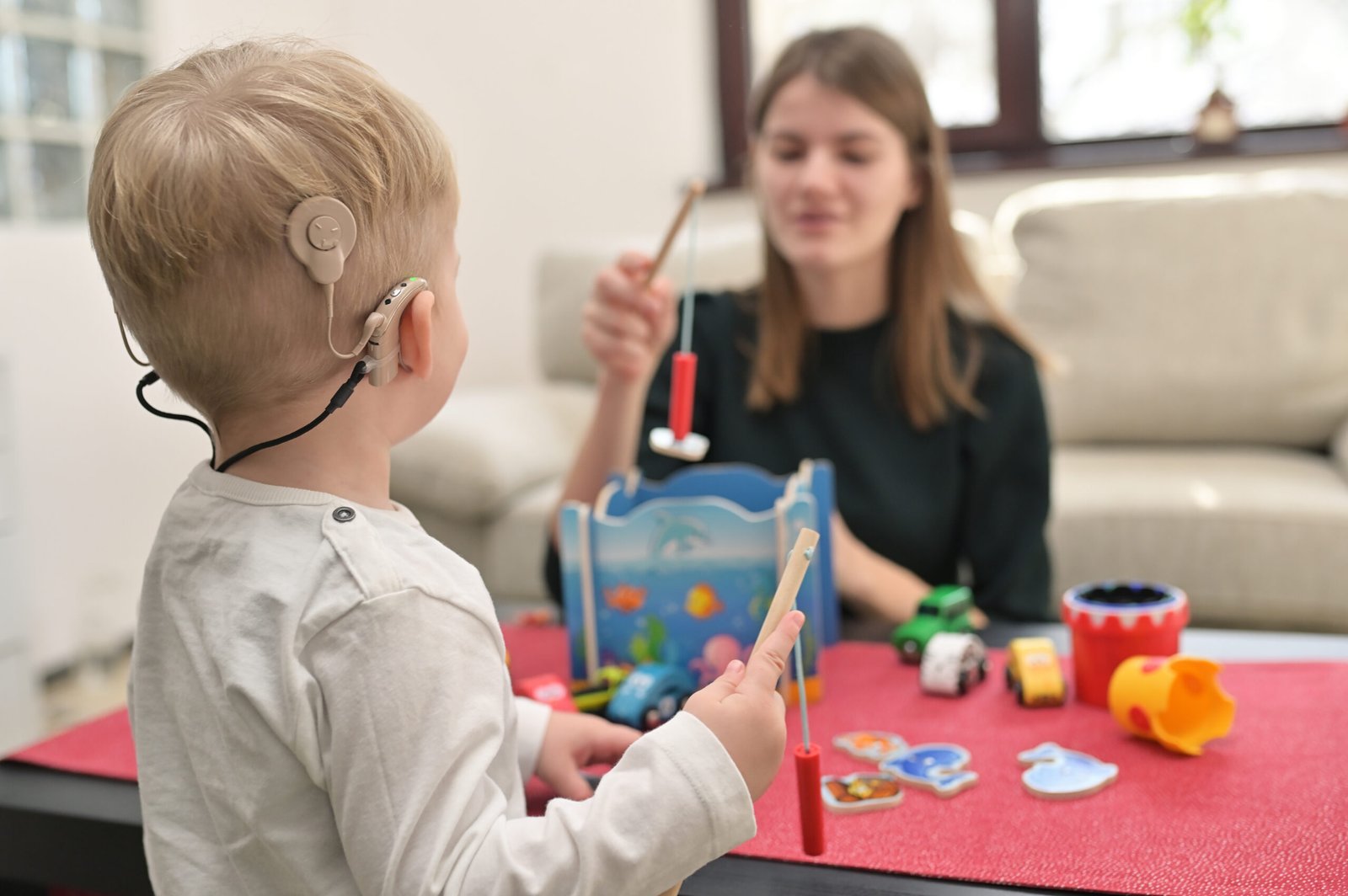What if your spine could heal itself? Without drugs or surgery or painkillers?
That’s not wishful thinking. It is possible.
At PHYSIO+, we believe in a natural and science-backed path to wellness. Our chiropractic treatment offers a non-invasive, highly effective way to treat chronic back and neck pain at its roots. Here’s how chiropractic care at PHYSIO+ makes a real difference in pain management. And why is it a smart choice for anyone seeking long-term relief.
Understanding Chronic Back & Neck Pain
Many people suffering from persistent back or neck issues has a structural problem. Whether it is due to poor posture or muscle imbalance or spinal misalignment… chronic pain affects your quality of life. It makes simple movements feel like a burden.
At PHYSIO+, our team recognizes that effective pain management therapy is not about masking symptoms. It is about addressing the root cause. It is through expert care and precise techniques.
Overview of Chiropractic Treatment
Chiropractic treatment is based on manual adjustments. This treatment relies on physical manipulation. It is focused on spinal adjustment and alignment. At PHYSIO+, certified chiropractors use gentle but effective maneuvers to correct misalignments that are in the spine. This helps in restoring joint mobility and relieving nerve pressure. It even improves overall biomechanical function.
The treatment approach is holistic. Chiropractic care works without medicine or surgery. It supports the body’s own healing mechanisms.
How Chiropractic care helps with Back Pain relief
When your spine is misaligned, it can cause unnecessary stress on your muscles. It even stresses your nerves and joints. It often leads to chronic back pain. Through spinal adjustments, chiropractic treatment helps to:
- Calm irritated nerves :- Pressure on spinal nerves is relieved by restoring alignment. This helps in reducing pain and discomfort.
- Improve posture :- Correcting alignment often helps postural issues that contribute to chronic pain.
- Enhance mobility :- Adjusted vertebrae moves more freely by supporting better movement and flexibility.
At PHYSIO+, this is combined with a systematic, evidence-based methodology to ensure long-term benefits.
Chiropractic Therapy for Neck Pain Treatment
Neck pain is particularly tricky. It is like that because even small misalignments in the cervical spine can lead to big problems. It can lead to stiffness, headaches or radiating pain down the arms. Our chiropractic care at PHYSIO+ focuses on:
- Correcting cervical alignment
- Loosening surrounding muscles
- Restoring proper movement and range of motion
Over time, patients often experience significant neck pain treatment without depending on painkillers or invasive interventions.
The role of Spinal Adjustment
The main part of chiropractic care? It is spinal adjustment. Manual techniques gently manipulate spinal vertebrae. These adjustments aim to:
- Realign the spine
- Improve joint mobility
- Promote natural healing
At PHYSIO+, our chiropractors use safe and patient-specific adjustment protocols. Those are part of a broader rehabilitation and pain management therapy plan.
Benefits of Chiropractic Care
Chiropractic treatment offers many advantages. Especially when managed by a specialized rehabilitation center. Some key chiropractic care benefits include:
- Drug-free pain relief
- Non-surgical approach
- Stronger posture
- Improved spinal health
- Better mobility and flexibility
- Long-term prevention of pain recurrence
- Enhanced alignment for overall body mechanics
These above benefits align well with the holistic and scientific philosophy of PHYSIO+. The care is a combination of recovery and prevention.
Integration with other therapies at PHYSIO+
One of the strengths of PHYSIO+ is its multidisciplinary approach. Chiropractic treatment is often combined with:
- Physiotherapy :- It is to strengthen muscles, improve joint function and support long-term recovery.
- Robotic spinal decompression :- This is for disc-related issues and nerve compression.
- Manual therapies :- Manual therapies such as mobilization, muscle energy techniques and soft-tissue work.
This integrated model makes sure that pain management therapy is not just symptomatic. It is structural and sustainable.
Who can benefit from Chiropractic Treatment at PHYSIO+
At PHYSIO+, Chiropractic care is helpful. It is beneficial for people who:
- Have back pain or neck pain that is chronic
- Experience stiffness or poor posture or reduced mobility
- Are looking for a non-surgical and natural way to manage pain
- Want long-term pain management therapy without heavy reliance on medication
PHYSIO+ uses a methodology that is scientific and evidence based. Treatment plans are personalized. It should be according to each patient’s body and needs.
Understand Chiropractic Session
A chiropractic session starts with a full check-up. Full checkup of posture, spine curvature and movement. Based on your evaluation, a chiropractor designs a spinal adjustment plan. The plan is tailored according to your needs.
During sessions, expect:
- Gentle and targeted adjustments
- Supportive exercise for strength
- Physiotherapy to stabilize areas
- Progress monitoring and gradual tapering as your spinal alignment improves
The goal is not just short-term back pain relief. But long-term spinal health and functional freedom.
Why choose PHYSIO+ for Chiropractic Treatment
Here’s what sets PHYSIO+ apart:
- A team of certified chiropractic experts. They understand spinal biomechanics.
- A scientific and holistic methodology. It is rooted in physiotherapy and evidence-based care.
- Multiple advanced services under one roof. This makes pain management therapy efficient and cohesive.
- We focus on a patient-first philosophy. At PHYSIO+, you are educated about your condition. You are involved in your treatment and empowered for long-term recovery.
Conclusion
Chronic back pain or neck pain does not have to be your life sentence. With expert chiropractic treatment at PHYSIO+, you can achieve natural pain relief. Along with improved posture and lasting spinal health. Through spinal adjustment, integrated physiotherapy and a personalized care plan… this approach offers a sustainable and drug-free path to wellness. Why settle for masking the symptoms when you can correct the cause?







